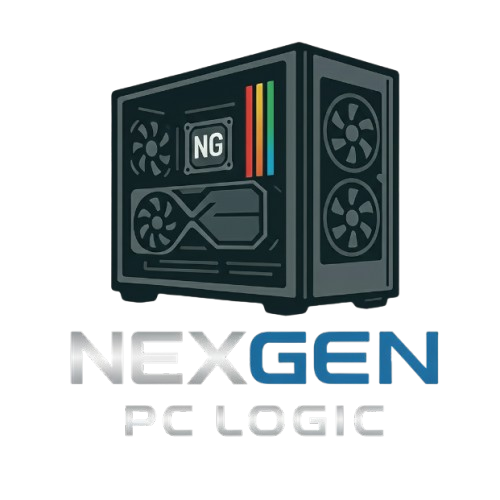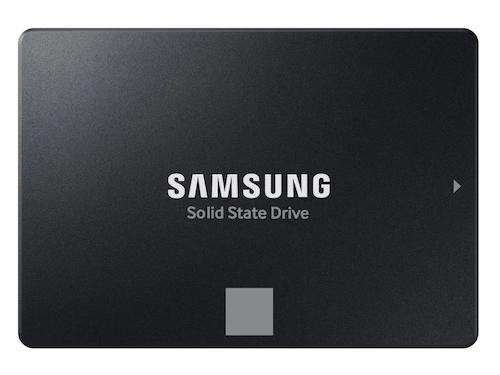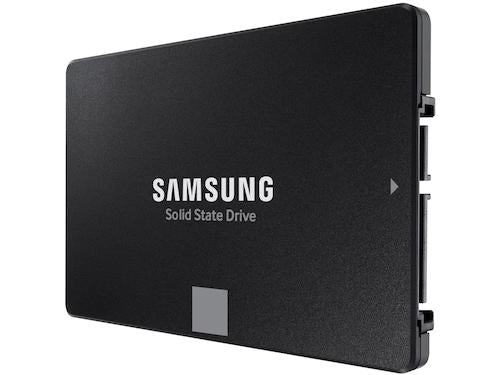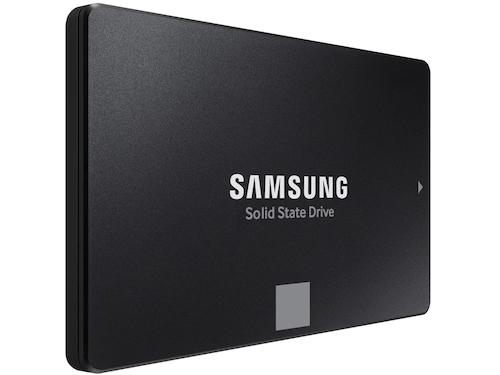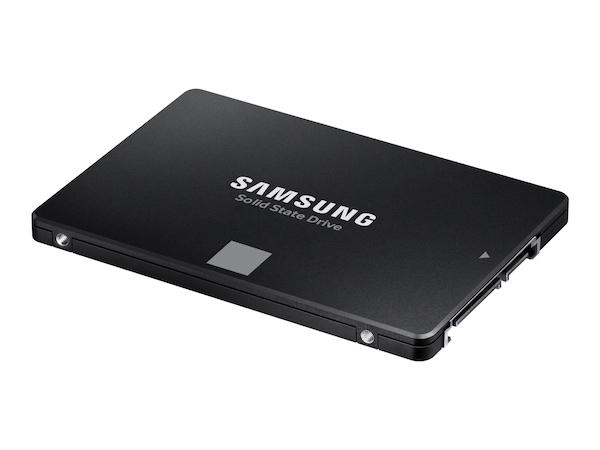SAMSUNG 870 EVO 1TB
SAMSUNG 870 EVO 1TB
Couldn't load pickup availability
The Unbeatable 1TB SATA Upgrade: Samsung 870 EVO
The Samsung 870 EVO 1TB is the ultimate solution for maxing out the speed of any PC or laptop with a traditional 2.5-inch SATA bay. This drive delivers the absolute maximum sequential speeds the SATA III interface allows—560 MB/s read and 530 MB/s write. Perfect for turning a slow machine into a lightning-fast system, the 1TB capacity is ideal for your operating system, applications, and a large library of games and files, all backed by Samsung's reliable V-NAND technology.
⭐ Highlights
⭐ Highlights
Max SATA III Performance | 1TB Capacity | Up to 560/530 MB/s Seq. R/W | High Endurance (600 TBW) & 5-Year Warranty | 2.5-inch Form Factor / Multi-Device Compatible
⚙️ Specifications
⚙️ Specifications
Storage Drive Type: SSD (Solid State Drive)
Storage Form Factor: 2.5-inch
Storage Interface: SATA III (6 Gb/s)
Storage Capacity: 1 TB
Storage Sequential Read: Up to 560 MB/s
Storage Sequential Write: Up to 530 MB/s
Storage Spindle Speed RPM:
Storage HDD Cache MB:
Storage NAND Type: V-NAND TLC (Triple-Level Cell)
Storage Features: AES 256-bit Encryption, TCG/Opal V2.0 Support
Share
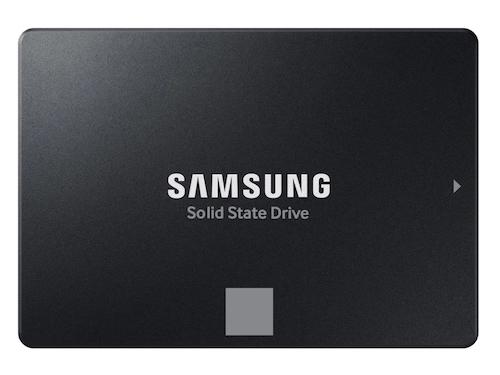
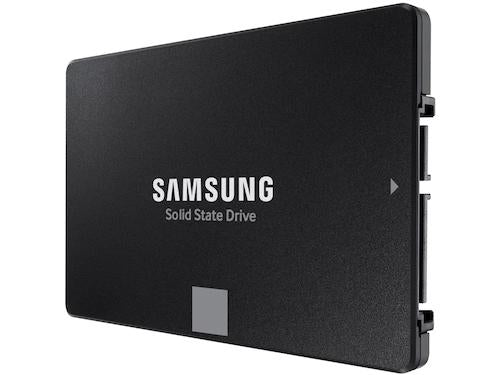
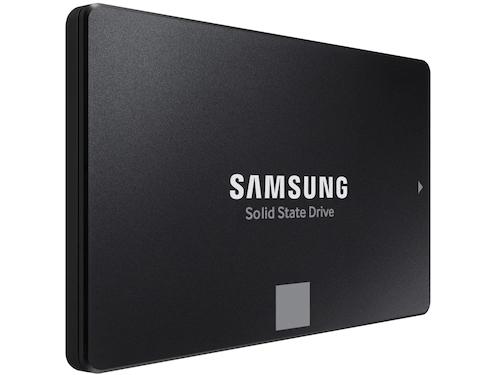
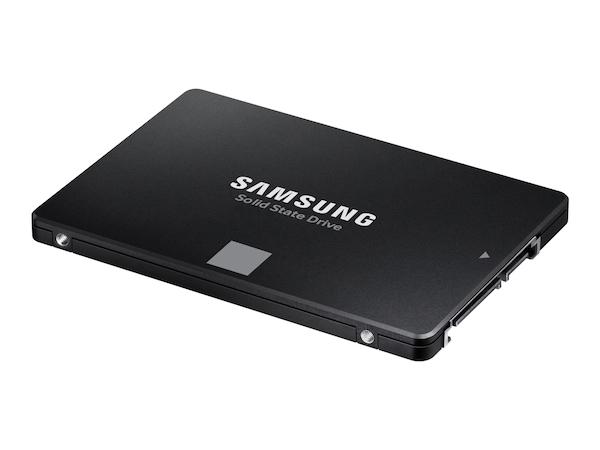
The POST-Check Protocol
-
M.2 Slot Bandwidth
Action: Consult the motherboard manual to determine which M.2 slot is the primary slot (closest to the CPU, for fastest speed) and which SATA ports it disables when in use. Why: Using the wrong M.2 slot can halve your SSD's speed or prevent your SATA hard drives from being recognized.
-
Heatsink Protection
Action: If your M.2 SSD or motherboard heatsink comes with a protective blue or clear plastic film over the thermal pad, always remove it before securing the heatsink. Why: The film acts as an insulator, trapping heat and causing the NVMe SSD to thermal throttle and slow down.
-
NVMe Installation
Action: Insert the NVMe drive gently into the M.2 slot at a 30-degree angle, then press it flat and secure it with the tiny screw or latch provided. Why: Proper seating is required for electrical contact, and using too much force can damage the drive or the motherboard slot.
-
SATA Connection
Action: When connecting a SATA SSD or HDD, use both the SATA Data cable (to the motherboard) and the SATA Power cable (from the PSU). Why: Both connections are required for the drive to be recognized and powered; either cable being loose or forgotten will prevent the drive from working.
-
Windows Initialization
Action: After installing Windows, new storage drives will not appear in File Explorer until you manually open Disk Management to initialize and partition them. Why: Unformatted drives are marked as "Unallocated Space" by the OS and must be set up before they can store files or games.
-
BIOS Boot Priority
Action: In the BIOS, set your primary SSD (the one with the operating system) as the first device in the Boot Priority list. Why: This ensures the PC boots quickly to Windows; otherwise, the system may delay by trying to boot from the wrong (unformatted) drive first.
